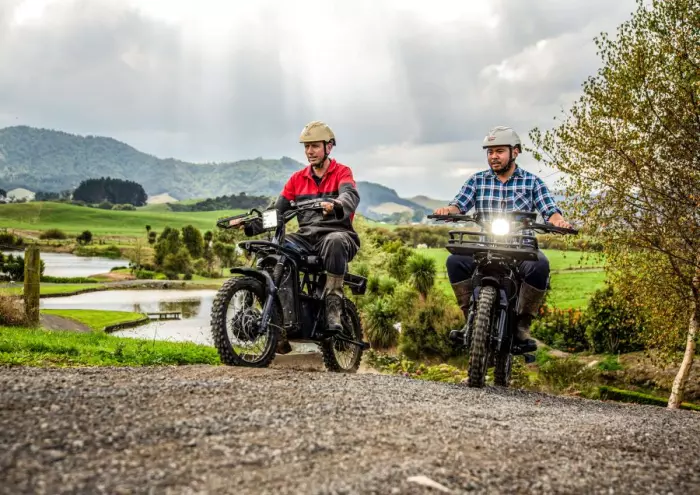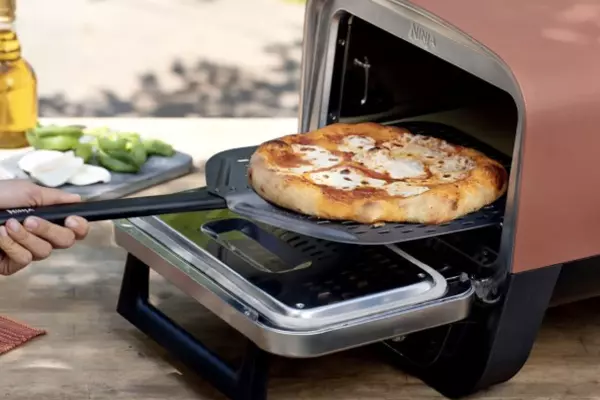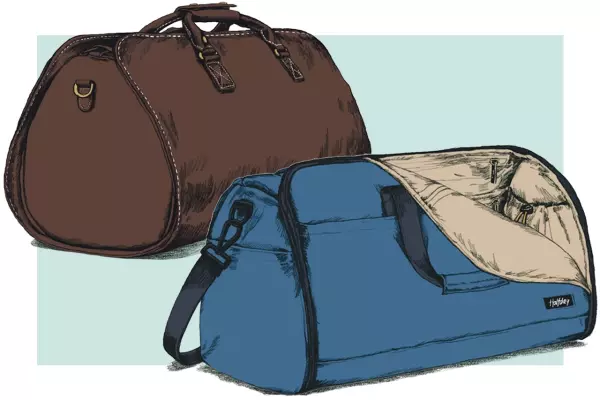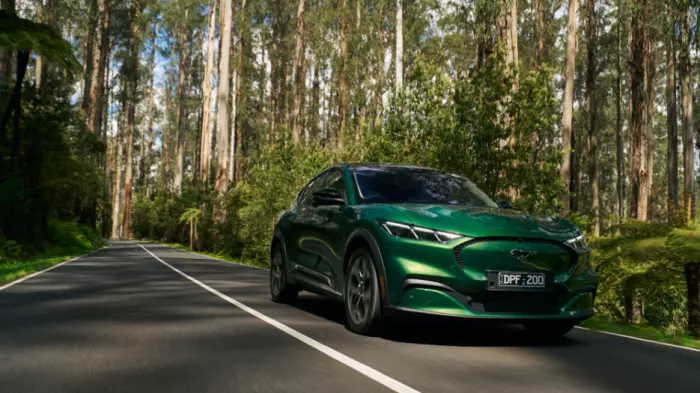Travelling on Ika Rere, the gleaming new electric ferry plying the east-west route across Wellington Harbour, is more than just an incredibly smooth and quiet ride.
As the first fully-electric passenger ferry in the southern hemisphere, designed and built locally, it also offers a rare chance to experience the future of water-borne transport. It’s like taking a ride in a Tesla Model S, circa 2012.
But why did it take a small Wellington ferry company to make such a pioneering voyage?
“A bit of madness, really,” says Jeremy Ward, managing director of East by West Ferries. “We’d been thinking and talking about it for years. In the next five to 10 years, you are going to see massive change in the electrification of transport. We decided to be an early adopter.”
East by West Ferries joins a growing band of local companies staking their fortunes on an electric-powered future. The others range from electric car sharing networks like Mevo and Zilch, which let you rent one of their vehicles by the hour, to FTN Motion, which makes classically styled electric bikes and mopeds in Wellington’s Lyall Bay.
Auckland-based ZeroJet has developed what it claims is the “first jet propulsion system to be designed specifically for an electric motor”, which could see the ubiquitous two-stroke outboard motor that powers boaties’ tenders all over the world replaced with an efficient electric version offering up to nine hours’ run-time and a maximum speed of 20 knots. Seachange, also based in Auckland, has drawn inspiration from America’s Cup race boat design to plan a hydrofoiling electric car ferry.
While it's not a New Zealand company, Wisk, which makes electric VTOL (vertical take-off and landing) vehicles, has been trialling its electric air taxis in the Mackenzie Basin and has just received a US$400m injection from its key backer, Boeing, which will see it expand its New Zealand operations.
 Wellington's new East by West electric passenger ferry, Ika Rere.
Wellington's new East by West electric passenger ferry, Ika Rere.
The electric investment surge
Investment in electric vehicles, batteries and associated technology internationally hit record levels last year. As Nasdaq-listed Tesla surged in value to reach a staggering US$1.2tr, sharemarket listings also saw the combined market capitalisation of electric car makers Rivian and Lucid Motors touch US$150b before negative market sentiment early in the new year led to tech stocks in general losing traction.
Unlike Tesla, those companies are barely generating revenue yet. But New Zealand’s EV start-ups aren’t seeking to go up head-to-head against the new wave of electric car makers. Instead, they are working from the classic Kiwi innovator’s playbook – exploiting lucrative niches and offering alternatives where the big industry players are asleep at the wheel.
Tauranga-based electric bike maker UBCO raised US$20m last year from its investors as it prepared to develop the sixth generation of its utility and adventure bikes. It is gearing up for a Nasdaq listing.
“UBCO was my first angel investment; I wrote a $5000 cheque in 2016,” says chief executive Katherine Sandford, who spent a large chunk of her career in a series of international roles for US geospatial technology provider Trimble, which has had an R&D operation in Christchurch since 1991.
“I love hardware,” she adds. “I loved that UBCO was in Tauranga and that they had global aspirations. I've always thought about it being big from the beginning and I think it's really important for New Zealand businesses to have that view.”
Founded by Daryl Neal and Anthony Clyde, UBCO first gained success in 2015 with a rugged, lightweight electric farm bike. Farmers loved the virtually silent motor, lower running costs and the fact that UBCO’s battery could also be used to charge up electric power tools.
Since then, UBCO bikes have also been designed for use by delivery drivers. A major advantage is that although they can be driven on public roads, a full driver’s licence is not required to operate them. Pizza chain Domino’s has around 65 UBCO bikes in its 400-strong delivery fleet. But Sandford says UBCO’s market focus has shifted as new opportunities have emerged. “Food delivery is a very busy space and it is a race to the bottom in terms of margins and expectations.”
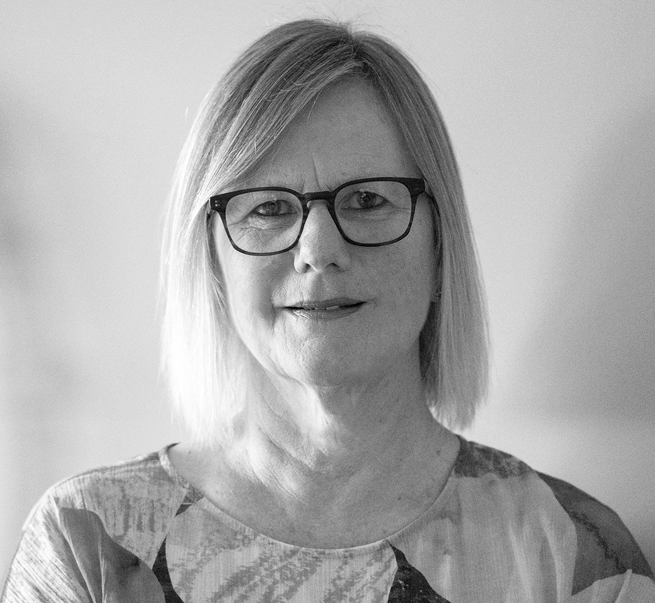 Katherine Sandford, UBCO's chief executive.
Katherine Sandford, UBCO's chief executive.
Going green on the farm
The bigger opportunity currently before the company links back to UBCO’s roots in the agricultural sector. In the United States alone, around 600,000 new farm vehicles are bought each year. UBCO eyes a chance to help farmers go electric as they look to upgrade their petrol-powered bikes.
“A typical farmer still might buy a Kawasaki or a Honda or whatever kind of farm bike and then within a few years, it's completely trashed and it's in the landfill,” Sandford says.
UBCO also has plans for a quad bike, which would complete the company’s transition into the automotive world. An electric quad, says Sandford, will be designed with safety front of mind and could be in production by the end of 2023. Quad-bike accidents remain one of the biggest causes of serious injuries and deaths on farms. But the quad bike can also become a platform for intelligent farming applications.
“Imagine super-cool technology applied to that in terms of AI and machine learning and all the stuff that goes along with the potential to do more on farm with a smaller vehicle footprint,” says Sandford.
The covid pandemic has fuelled the consumer market for electric bikes, especially after well-heeled older Americans started hitting the highway in recreational vehicles in greater numbers. The bikes can be strapped onto the back of the RVs for day trips and visits to the supermarket. UBCO has signed distribution deals with Camping World and Tucker Powersports in the US to tap the outdoor recreation market, and plans to sell direct to consumers, too.
UBCO now has two electric bike models on the market, the 2x2 Work Bike ($7499) and the 2x2 Adventure Bike ($7999). The company gained a toehold by focusing on product categories the incumbent bike makers weren’t serving.
“They know they need to do the conversion to electric, but they are struggling to innovate,” Sandford says. “Now we’ve got an influx of capital heading into our series B round, we feel we are ready to springboard towards what we think is our moonshot.”
A signal moment
Back on the Wellington Harbour, Ika Rere, with its bright turquoise livery and twin-hull catamaran design has commenced public service, carrying up to 135 passengers at a time. They’ll be spared the whiff of diesel fumes and the engine rumble associated with Ika Rere’s ageing siblings in the East by West fleet.
But that will just be the start. Jeremy Ward wants to upgrade the entire fleet to electric and has plans for a new ferry route to Miramar, with a quick electric shuttle ride down the road to Wellington Airport completing the service.
“We want to see two ferries leaving here from the CBD, which will take you to the airport door in under 20 minutes guaranteed,” he told a crowd gathered on the Wellington waterfront in the drizzling rain for Ika Rere’s launch in mid-December.
The carbon emissions saved by going electric will arrive swiftly for Ward. His existing two ferries use around 250,000 litres of diesel between them each year. Transport minister Michael Wood, speaking from the roof deck of Ika Rere at its launch, said the debut of the electric ferry was “a signal moment in our journey as a country towards decarbonising our transport system. The government, with its zero carbon 2050 goal, is under pressure to cut emissions from cars, buses, trains and ferries. Transport accounts for around 21% of our annual greenhouse-gas emissions.
Ika Rere’s battery is charged up at a station on Wellington’s Queen’s Wharf that resembles an oversized diesel bowser. The charger supplies 325 kilowatt hours of charging capacity, which can fully recharge the battery in 1.5 hours. Upgrading it to 1.25 megawatts will allow Ika Rere to be fast-charged in just 15 minutes – about how long it takes to turn around the ferry between sailings.
“With diesel engines, you are changing the oil and doing maintenance on them full-time and they need to be rebuilt every 15,000 to 20,000 hours of use,” says Ward. “With the electric motors, you don’t even touch them until 50,000 hours.”
Early-adopter status
It took several years of collaboration involving a handful of New Zealand companies and the best part of $9m to bring Ward’s electric-ferry vision to life. He’d looked as far away as Scandinavia for small electric ferries to upgrade his fleet, but found nothing suitable.
The Wellington Electric Boat Building Company (WEBBCo), a subsidiary of East by West, built the 19-metre carbon-fibre commuter ferry. East by West’s ambitions for an electric-ferry service to Wellington Airport will cost at least $20m. The Wellington launch of Ika Rere was attended by executives from Auckland ferry company Fullers360, as well as Auckland Transport.
Another electric ferry maker, Auckland-based EV Maritime, has a vessel in development capable of carrying up to 300 people that would be more suitable for the larger ferry routes in the City of Sails, such as from Downtown to Devonport and Waiheke Island. EV Maritime and Fullers360 plan to have an electric ferry in operation next year.
Designing and building Ika Rere wasn’t cheap – around $8.5m. That compares to $3m for a new diesel-powered aluminium ferry. But Ward expects the investment to pay for itself after seven to eight years of operation and has ambitions for expansion that could see WEBBCo eventually building four to five ferries a year.
The early-adopter status of our electric-ferry companies gives them a window to pursue international business opportunities.
“Just about everyone in the ferry business has been to see us,” says Ward. “Sydney Ferries has been in touch, as has the New South Wales government, which is considering setting up a ferry from Botany Bay. There’s huge potential for these ferries across New Zealand, Australia and the Pacific Islands. All eyes are on us to see how it goes.”


